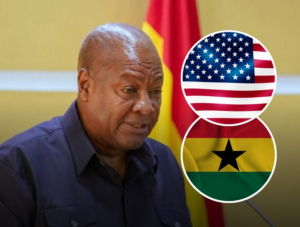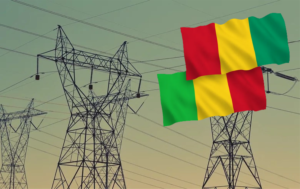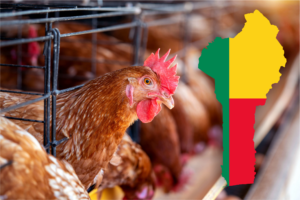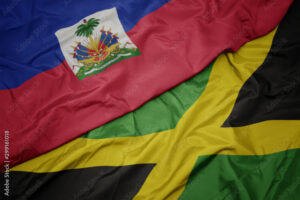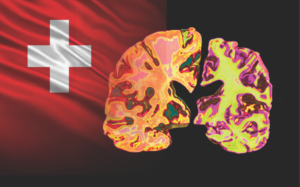Africa’s Push for Justice and Reparations in 2025: Year of Reckoning and the journey so far
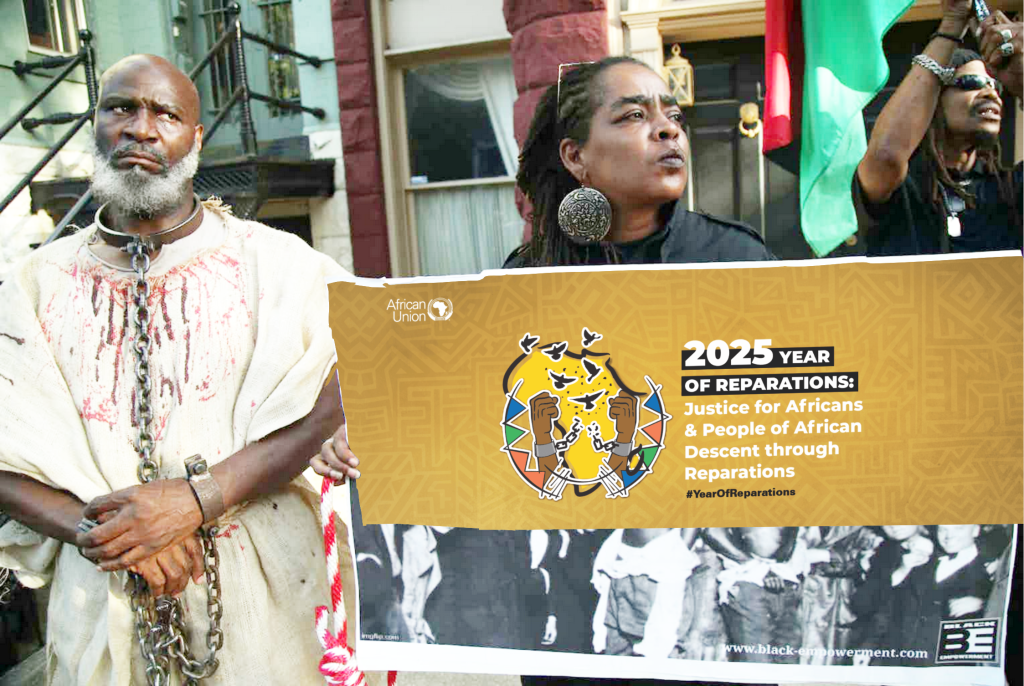
In ADDIS ABABA, Ethiopia, on the opening day of the 38th African Union (AU) Summit, a long-anticipated shift in tone was visible across the grand halls of the AU headquarters. Draped behind podiums and in the media lines lining press galleries was a bold new banner: “Justice for Africans and People of African Descent Through Reparations.” With that, the continent embraced 2025 as its official Year of Reparations.
![]()
From the outset, the decision carried political weight, historical resonance and personal accountability. But as the months unfolded through now, this bold declaration is being tested in living rooms across West, North, Central, East and South Africa, in boardrooms from Accra to Johannesburg, from Lagos to Nairobi, and in diplomatic channels stretching across the Western world. Africa’s declaration, from proclamation to purpose, a journey rooted in memory.
The roots of 2025’s theme emerge from decades of Pan-African activism, diplomatic efforts, congresses and grassroots mobilization. The Abuja Proclamation of 1993 first fused reparations into continental policy discourse; two years ago, the Accra Reparations Conference rekindled the flame and its resolutions were folded into the AU’s formal agenda.
At the 37th AU Assembly in Addis Ababa in 2024, leaders endorsed a proposal from Ghana to elevate reparations into a flagship continental concern. They mandated the formation of an African Committee of Experts on Reparations and tasked AU organs, from ECOSOCC to the African Commission on Human and Peoples’ Rights, aligning national policies with this renewed push.
By the time the 38th Summit convened, the formal launch of the 2025 theme was among its signature acts. President-delegates pledged to build a united front to advance reparatory justice, racial healing and acknowledgment of historical wrongs. This was a signal that the AU intended not only symbolic gestures but operational momentum.
Still, translating resolutions into action is never easy. The real test for 2025 lies not in slogans but in realignment of governance, budget, diplomacy and public will. As these affects families, futures and fractures, the human lives that are behind the call.
![]()
In a modest neighborhood outside Accra, Mary-Emmanuel Mensah keeps an old ledger in which her ancestors’ names are inscribed, passed down through generations. She recalls bedtime stories from her grandmother, of forebears who were kidnapped, sold into slavery, or forced to labor on colonial plantations. “We still feel the ripple,” she says, tracing a trembling finger across faded ink.
Her personal story echoes throughout the Diaspora. In Brazilian favelas, the families of Afro-Brazilian communities recall ancestors stripped of culture and land. In the Caribbean, small farmers tell of generational land grabs retreating into the shadows of sugar estates. In the United States, Black communities link wealth gaps, mass incarceration, and housing redlining directly to centuries-old displacement.
In each case, the notion of reparations becomes not a distant legal abstraction but a deeply personal reckoning, demanding restitution and acknowledgment, dignity and pathways for healing.
These are not merely emotional appeals. They intersect with business, banking, education, healthcare and infrastructure. A reparations architecture built across borders must engage private sector actors, civil society, diaspora institutions, faith groups, local communities and governmental agencies in unison. On the some wings like business, banking and boundaries, where money meets morality.
Reparations talk inevitably triggers questions of who pays, how much and by what mechanism. Public coffers in African states are constrained and many governments already confront debt burdens, currency pressures and development deficits. A reparations agenda that remains disconnected from economic strategy may stall before it begins.
Some governments have floated ideas such as development funds, sovereign bonds dedicated to reparatory projects, diaspora investment instruments, or debt forgiveness tailored to link the cost of past exploitation to future credit. Others advocate structural reforms, tax justice, return of cultural heritage, restitution of land and reparatory public goods such as schools, hospitals, housing, etc.
In South Africa, corporations are being nudged to open voluntary reparations trusts. In Ghana, diaspora investment programs are pairing with heritage tourism and cultural restoration to create dual returns, financially and symbolically. In Nigeria and Senegal, legal frameworks are being studied to allow historic claims in courts abroad.
Yet tension simmers. Critics warn of moral hazard that governments demanding reparations without accountability or institutional capacity, might fall prey to corruption. Others fear that wealthy African elites could capture resources intended for historically marginalized communities. The politics of reparations must avoid deepening intra-continental inequality. This is the field of political terrain where allies, adversaries and ambivalence collide.
While the AU’s 2025 theme resonates broadly across Africa, pushback can be fierce. In April, Angela Naa Afoley Odai, head of the AU’s diaspora unit, asserted that rising right-wing populism in Europe must not stifle the reparations agenda, even if republican capitals might resist acknowledging guilt or liability.
Indeed, European leaders remain divided. Some academics in former colonial states warn that full reparations would destabilize public finances; others argue moral responsibility demands reparation in debt relief, development grants, or cultural restitution.
Some African states remain cautious. Facing immediate national security crises, climate shocks, or debt crises, may stretched thin, they fear. The AU itself must balance this reparative momentum with ongoing work in peace, health, trade, climate and governance.
Nonetheless, the politics of identity and diaspora mobilization strengthen the push. In September 2025, the Africa-CARICOM Summit convened in Addis Ababa under the banner – Transcontinental Partnership in Pursuit of Reparatory Justice for Africans and People of African Descent through Reparations. Internationally, 2025 also marks the beginning of the UN’s Second International Decade for People of African Descent, giving the AU’s theme a supportive multilateral backdrop.
![]()
On the side of social bridges, faith, civil society and memory work: one of the most delicate arenas is that of social and moral persuasion. On 15 April 2025, the AU organized a – Faith Perspectives on Reparatory Justice and Racial Healing, session in New York, working to align churches, mosques and interfaith organizations with the reparations conversation.
Faith leaders may hold moral sway over congregations who remain cautious of legalismos or technocratic claims. Many communities seek affirmation more than compensation; acknowledgment of trauma, restoration of lineage names, healing rituals and support for educational or health projects tied to ancestral memory.
In towns across Nigeria, traditional councils have held listening-circles where elders and youth share testimonies of displacement, cultural loss and identity erasure. In Sierra Leone and Liberia, memorial centers for victims of colonial violence have become hybrid sites of tourism, education and activism. These are places where history is not buried but curated.
Meanwhile, academic networks and civil society have launched continental webinars, dialogues and local roadshows to educate citizens on reparatory justice. Some observers caution that the discourse must avoid elite capture, where reparations become argument fodder for technocrats rather than empowerment for grassroots constituencies.
Nonetheless, Africans are staking for justice and gearing onto the risks regardless. 2025 could become a pivot point in the continent’s trajectory if this pursuit ends up successful. Reparations that are rightly conceived, may clock its glory-point impactfully on Africans in the following ways:
- Strengthen Africa’s negotiating power in global institutions (World Bank, IMF, WTO, etc.).
- Recenter African narratives in history, shifting from victimization to agency.
- Enable targeted resource flows to historically marginalized communities.
- Intensify diaspora engagement through investment, knowledge exchange and accountability structures.
- Spur structural reforms in taxation, debt, land rights and heritage protection.
But the risks are real:
- If the year ends with empty gestures, disillusionment may sow cynicism.
- If benefits accrue disproportionately to elites, intra-continental tensions may rise.
- If donor or external backlash stalls funding or partnerships, projects might collapse.
- If former colonial states refuse diplomatic cooperation, legal avenues may stall.
- If reconciliation is not accompanied by robust safeguards, tensions over identity and redistribution may surface.

Inside the AU, her leadership moves and institutional hurdles, a significant change unfolded behind the scenes this year. In February 2025, Mahamoud Ali Youssouf of Djibouti was elected as Chairperson of the African Union Commission. Among his early priorities: embedding the reparations agenda institutionally across AU departments allied with human rights, development, law and diaspora engagement. But structural challenges loom large. Coordination across 55 member states, multiple regional economic communities, national ministries and civil society is complex. The AU Executive Council has noted the urgency of a structured, coordinated and legally binding approach to reparatory justice.
Already, a Consultative Meeting on racial healing has convened, and roadmaps for dialogues in sectors such as health, education, finance) are being drafted. But critics observe that the AU is stretched by security crises, climate change, debt burdens and regional conflicts; and might struggle to lead a reparations campaign to successful effect, with the needed consistency and funding in shadows.
In looking ahead to repair, drive reconciliation and reinvention as 2025 advances the last lap of its yearly quarter, several critical flashpoints would deserve close attentional-review:
- National Reparations Acts: Will AU member states begin enacting reparatory legislation or frameworks tied to the continental agenda?
- Diaspora Finance and Investment: Can diaspora bonds or heritage-linked investment vehicles channel capital toward reparatory projects?
- Judicial and Legal Claims: Will claimants in European or international courts pursue cases tied to colonial-era abuses?
- Memory Infrastructure: Can museums, archives, heritage sites and curriculum reforms help reshape continental memory?
- Transparency and Accountability: Will reparations funds be monitored to prevent elite capture or corruption?
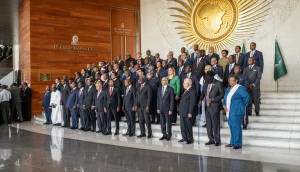
By year’s end, the measure of success will not lie in speeches but in measurable shifts as in policy, in budgets, in lives changed, in economic/infrastructure developmental leverages, etc. If the AU is serious, 2025 should not be a commemorative year alone, but a launch pad for sustained structural realignment.
With respect to Mary-Emmanuel Mensah and countless Africana families, the hope is that this year’s conversation transits from rhetorical justice to generational repairs, recognition and restitution. The continent has long carried the weight of absence.
As 2025 wheels this last quarter towards the end, Africa still seeks to build the scaffolding of her presence.


